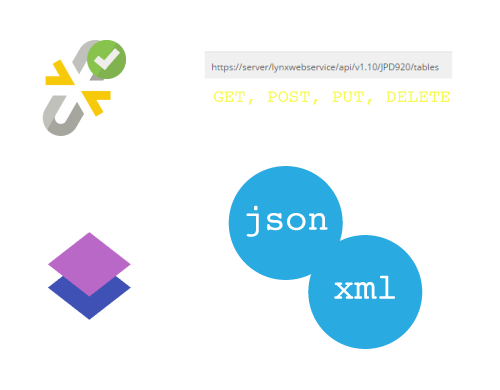REST API
Lightweight Integration
LynX Business Integrator’s RESTful API makes it easy for any device to access JDE EnterpriseOne.
Representational State Transfer (REST) is a service architecture that allows you to interact with a system (JD Edwards EnterpriseOne, in our case) using just standard HTML operations (GET, POST etc.). REST provides a lightweight alternative to SOAP based web services. While SOAP web services are suitable for handling large units of work, REST web services are suitable for smaller units of work.
Let’s say that you need a web service to allow a device to update its GPS location in JDE. The process involves updating the data in a few tables. You can easily do this using LynX’s REST API by just calling the PUT method on the table(s) that require the update. No development is required in JDE or LynX to make this happen!
LynX Business Integrator’s REST API exposes functionality in JD Edwards EnterpriseOne that would otherwise take a lot of effort and time to implement. It is the ideal integration choice for IoT and mobile devices.
REST API is included as a standard feature of LynX Business Integrator beginning with version 3.1.
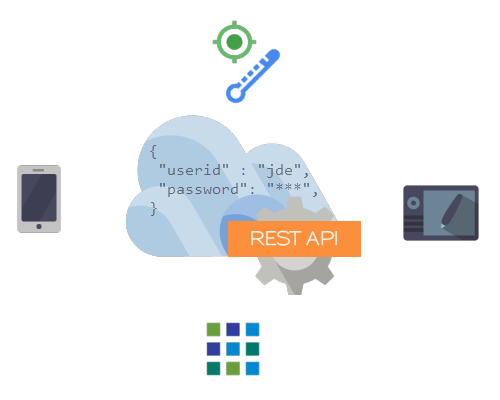
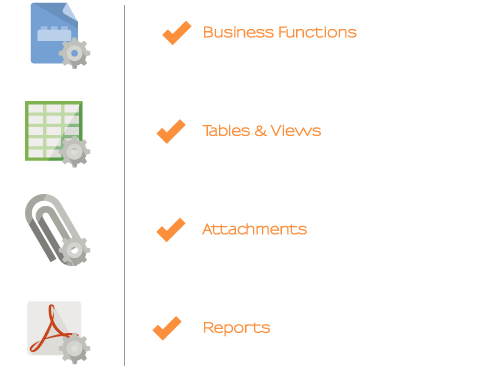
Functionality
Use our REST API to integrate with JD Edwards EnterpriseOne without hassles.
Development is a breeze
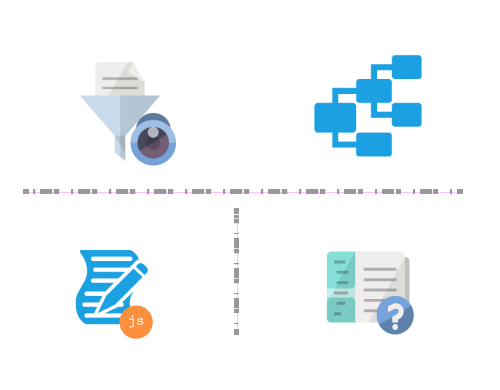
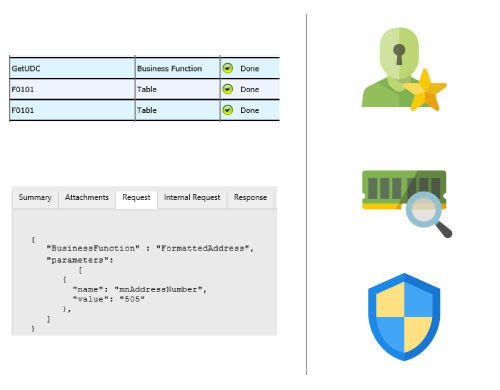
System Features
RESTful Features
The following RESTful principles are implemented in our REST API:
